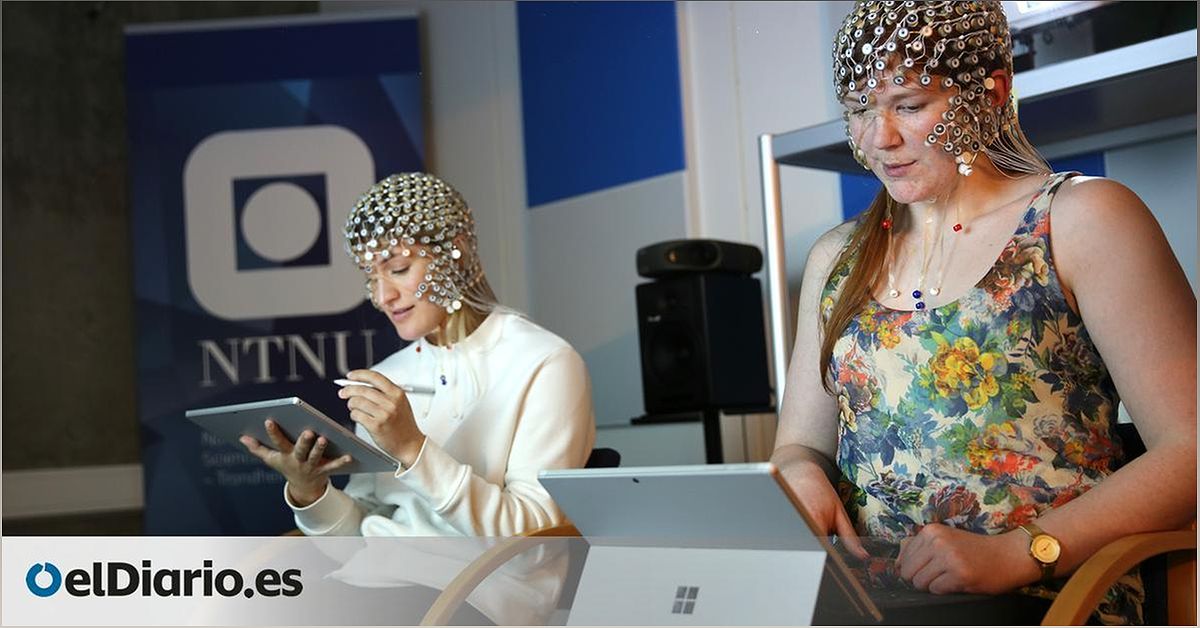In recent years, there has been a shift towards educating students using screens and keyboards, but the cognitive benefits of handwriting should not be overlooked. Research shows that handwriting stimulates detailed brain connections and enhances memory formation. Find out why students should have the opportunity to use pens while still embracing technology. Discover the importance of careful letter formation and how it leads to better learning outcomes. Strike a balance between technology and preserving the traditional method of writing by hand for improved cognitive development.
The Cognitive Benefits of Handwriting
Handwriting has been found to offer cognitive benefits that should not be overlooked. Research shows that when writing by hand, the brain forms more detailed connections compared to typing on a keyboard or tablet. These connections are crucial for memory formation and learning.
Furthermore, the act of handwriting engages the senses and requires careful letter formation, leading to better learning outcomes. It stimulates more areas of the brain compared to typing, resulting in improved cognitive capacity.
Considering these findings, it is essential to strike a balance between using technology and preserving the traditional method of writing by hand. By providing students with the opportunity to use pens alongside technological advancements, we can ensure they benefit from the unique advantages handwriting offers for cognitive development.
The Importance of Preserving Traditional Learning
While technology has its merits, preserving traditional learning methods is vital. Handwriting recruits neural activity associated with learning and provides more complete stimulation compared to typing. It also helps develop fine motor skills and activates multiple neural areas involved in visual and spatial perception.
Moreover, handwriting enhances the process of embodied cognition, where complex movements and sensorimotor processes for each letter are combined. By preserving traditional learning methods, we ensure that students receive a well-rounded education that encompasses both technological progress and the benefits of traditional practices.
The Research on Brain Connections and Memory Formation
A study led by researcher Audrey van der Meer from the Norwegian University of Science and Technology (NTNU) explored the neural networks involved in different writing methods. The study found that when writing by hand, the patterns of brain connections were more detailed compared to typing on a keyboard or tablet.
The researchers recorded electrical signals in the brains of 36 university students while they wrote or typed words that appeared on a screen. The results showed that the connectivity of different brain regions increased when participants wrote by hand, but not when they typed. These long-term connections in the brain are important for memory formation and learning.
This research highlights the significance of handwriting in fostering strong brain connections and enhancing memory formation, further emphasizing the importance of preserving this traditional learning method.
The Importance of Careful Letter Formation
Handwriting involves careful letter formation, which plays a significant role in improving learning outcomes. When children learn to write by hand, they engage in a process that requires attention to detail and precision.
This level of focus and intentionality leads to better recognition and understanding of letters, reducing the likelihood of confusion between mirror image letters such as 'b' and 'd'. By practicing careful letter formation, students develop a strong foundation in reading and writing skills.
Striking a Balance Between Technology and Traditional Learning
While technology offers convenience and efficiency, it is crucial to strike a balance between its use and preserving traditional learning methods. Handwritten notes, for example, have been found to be beneficial for better learning and remembering.
However, when it comes to writing long texts or essays, a keyboard may be more practical. It is important to consider the situation and choose the appropriate writing method accordingly.
By finding a balance between technology and traditional learning, we can ensure that students receive the best of both worlds, leveraging the benefits of each approach for optimal cognitive development and educational outcomes.

